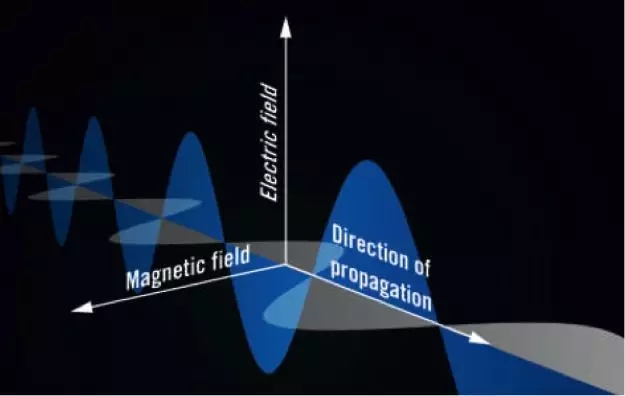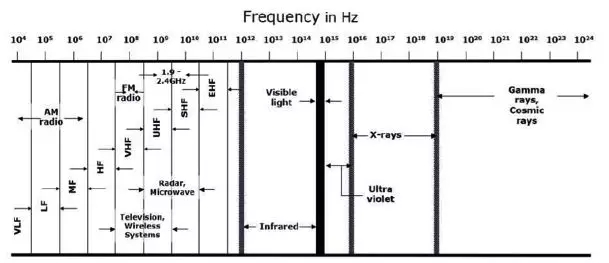As governments continue to allocate parts of the radio spectrum for wireless microphones and in-ear monitors (IEMs), audio engineers are finding it more essential than ever to grasp the fundamentals of wireless microphone and IEM system design and configuration. To address this growing need, Shure has partnered with Entertainment Technology Asia to launch a 12-part educational series covering RF engineering theory and best practices. The goal is to equip readers with the knowledge necessary to successfully set up and operate wireless systems in real-world environments.
The series explores a wide range of topics, including RF wave propagation, antenna types and positioning strategies, signal distribution methods, transmission line theory, noise sources and reduction techniques, IEM system mixing, analog and digital wireless systems, spectrum management, and frequency coordination. In the first installment, we introduced electromagnetic waves and the electromagnetic spectrum, explaining why modulation is crucial for wireless signal transmission.
Electromagnetic Waves
Electromagnetic waves consist of oscillating electric and magnetic fields that are in phase and perpendicular to each other. These waves do not require a medium to propagate and can travel efficiently through a vacuum. Unlike sound waves, which rely on a physical medium like air or water, electromagnetic waves can move freely through space. This makes them ideal for long-distance wireless communication.

The electromagnetic spectrum refers to the full range of frequencies at which electromagnetic waves exist. Different frequency ranges are used for various applications. For example, AM radio operates between 550 kHz and 1640 kHz, while FM radio uses the 88 MHz to 108 MHz range. Visible light lies between 429 THz and 750 THz, which is the range our eyes can detect. Infrared radiation, just below visible light, allows us to sense heat.
Wireless microphones and IEMs typically operate in the UHF band (450 MHz to 698 MHz), the DECT band (1.9 GHz), and the 2.4 GHz band. However, legal usage of these bands may vary by region due to regulatory restrictions. Some VHF and UHF bands, such as 902 MHz to 928 MHz, may also be available, but their legality depends on local laws.
Each frequency range presents unique challenges. The UHF band is well-suited for high-channel-count systems or those requiring longer operating ranges, but it's often shared with terrestrial mobile communications, public safety, and TV broadcasting. These services usually have much higher transmit power, making it harder for wireless microphones and IEMs to coexist without interference.
The 2.4 GHz band has become increasingly popular for wireless microphones, thanks to smaller antennas and global availability without licensing. However, it’s heavily used by Bluetooth and Wi-Fi devices, which can cause interference. While some modulation schemes help reduce this risk, the 450 MHz to 698 MHz range remains the most reliable for high-density wireless systems due to its large, contiguous block of spectrum.

Spectrum
Now that we've covered common frequencies used by wireless microphones and IEMs, you might wonder why we convert audio signals into high-frequency RF signals for wireless transmission. There are two main reasons: First, transmitting audio directly at 20 Hz to 20 kHz would require extremely long antennas—often several miles long. Second, low-frequency signals are highly susceptible to interference from other sources. By using a high-frequency carrier, we can use smaller antennas and reduce the risk of signal disruption.
Modulation is the process of embedding baseband information (like an audio signal) onto a high-frequency carrier wave for efficient wireless transmission. For example, in an IEM system, a transmitter takes an audio input, modulates it onto a carrier, and sends it via an antenna. The receiver then demodulates the signal to recover the original audio.
There are many analog and digital modulation techniques, each with its own advantages and limitations. While this series won’t go into specific schemes, it will discuss the key trade-offs between different approaches, helping you make informed decisions when setting up your wireless systems.
Aluminum Conductor Aluminum Clad Steel Reinforced
Aluminum Conductor Aluminum Clad Steel Reinforced,Acsr Aw,Acsr Aw Conductor,Acsr Aw Conductor Raven
HENAN QIFAN ELECTRIC CO., LTD. , https://www.hnqifancable.com
